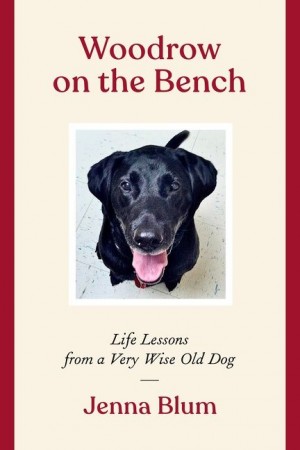This new edition to the Library of Jewish Ideas series is at once a scholarly journey, a meditation, and a remembrance. Most likely there is nothing comparable in print. In fact, toward the end of the book, Halkin lets us known that the concerns he has pursued are barely mentioned in the works of modern and contemporary Jewish writers, including those who belong to one or another segment of Orthodoxy.
And yet Halkin has created something at once intellectually stimulating, profoundly frightening, and ultimately reassuring. It is like plunging into the abyss and finding the buoyancy and healing power of salt water. Some sugar as well.
Halkin makes it clear that his perspective is that of a non-observant Jew, yet he is a knowledgeable one and, perhaps more importantly, he is a curious one. He asks, “how can a life that has existed cease to exist without a trace? How can the universe have no memory of it?” From here he enters the world of Jewish texts that consider Jewish notions of the afterlife.
After a pleasantly teasing introduction, Halkin builds five sturdy chapters in which he navigates through the history of ideas as Jewish culture undergoes large and small shifts and larger and smaller degrees of influence from neighboring cultures. He sets Jewish considerations of death and something beyond it in the context of Greek, Egyptian, and Babylonian constructions, finding the common denominators and the essentially Jewish distinction.
Halkin was already at home with many of his sources before re-entering them to extract this focused body of received wisdom and speculation. He opens up the Talmud, the most relevant parts of the Torah, and relevant biblical-period writings that were not sanctioned by the Torah redactors. He employs the folkloric stories (Midrash) that bear upon his subject. He imagines what Jewish life was like in order to fathom what death meant and how to value notions of afterlife and understand them as natural human responses. He dwells on Job and Kohelet, the book of Enoch I, and early Christian writings. Halkin explores the customs and prescriptions regarding mourning, including the Shivah enterprise and the need for mourners to be bolstered by a minyan. He considers Jewish life and thought in the Middle Ages, especially such authors and writings as the Sa’adia Ga’on, Maimonides, the Zohar, and Yosef Caro’s Shulhan Arukh. Everywhere, Halkin sets works against one another so that they can illuminate one another.
And along the way Halkin introduces memoir: his own personal stories of grieving or not grieving, performing or not performing prescribed rituals of mourning, of testing his imagination against his reason — and vice versa. He shares his dreams and even his experience inquiring about buying burial plots for his wife and himself. Why were they needed? How would the plots and the future headstones insure remembrance, as a form of immortality? Why was this important?
It is the interactive involvement of Halkin’s many faculties of mind and imagination that makes this book sing. Beautifully written and amazingly compact for its breadth of vision and generous supply of lively source analyses, this is another masterwork from a man who has written many. Just this one would have been enough.
Philip K. Jason is professor emeritus of English at the United States Naval Academy. A former editor of Poet Lore, he is the author or editor of twenty books, including Acts and Shadows: The Vietnam War in American Literary Culture and Don’t Wave Goodbye: The Children’s Flight from Nazi Persecution to American Freedom.




